Structural Characteristics
Shaft structure: usually cylindrical metal shaft, with a certain length and diameter, the surface is processed to ensure the accuracy and transmission efficiency of other components. There may be keyways, splines and other structures on the shaft, which are used to install gear, pulley, sprocket and other transmission components to achieve power transmission.
Support structure: Generally installed on the shell of the gearbox, transmission box or other parts of the harvester through bearings to ensure that the input shaft can rotate stably. Common bearings are ball bearings, roller bearings and so on.
Connection structure: one end is used to connect with the power source, such as the output shaft of the engine, the power output shaft of the tractor, etc., which may be connected by universal joints, couplings, etc., to adapt to different installation positions and Angle requirements; The other end is connected with the internal transmission system of the harvester, such as the gear shaft and drive shaft of the gearbox.
Working Principle
The main role of the harvester input shaft is to introduce the power of the external power source into the internal transmission system of the harvester. When the power source (such as an engine) is running, the torque generated is transmitted to the input shaft through the connecting parts, causing the input shaft to start rotating. The gear, pulley or sprocket and other transmission parts installed on the input shaft will rotate with the rotation of the input shaft, and then transfer the power to the subsequent transmission parts and working parts, such as driving the cutting device, conveying device, threshing device, etc., to complete the crop harvesting, conveying, threshing and other work processes.
Application Scenario
Cutting table drive: In the grain combine, the input shaft transmits power to the cutting table section, driving the cutter to cut the crop, and driving the rotary wheel to move the crop to the cutter for efficient harvesting operations.
Threshing and separating system: provides power for the threshing drum and separating device, so that the threshing drum rotates at a suitable speed, threshing the crops after harvest, and separating the grain from the straw.
Conveyor system: provides power for conveyor chain, conveyor belt and other conveyor components to ensure that the cut crop can be smoothly transported from the cutting table to the threshing device, and the threshed grain is transported to the grain bin or other collection device.
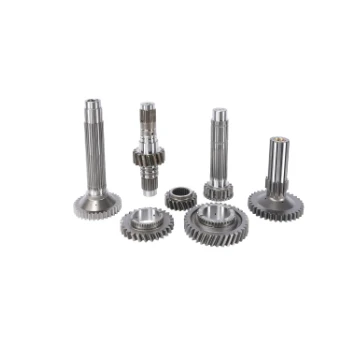
The agricultural and industrial machinery sector is experiencing remarkable growth, and at the heart of this expansion lies the trade and supply of tractors.
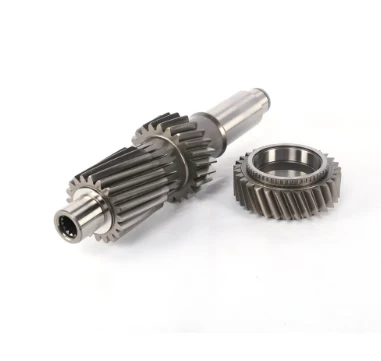
In the world of heavy - duty construction, the seamless operation of machinery is crucial for large - scale projects.
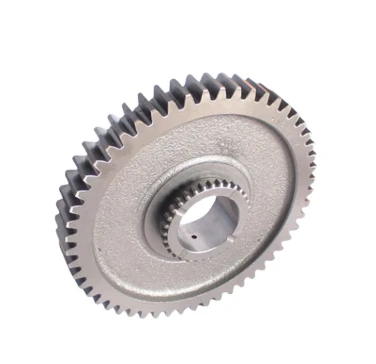
The world of tractors is vast and varied, catering to both practical agricultural needs and the passionate interests of collectors.
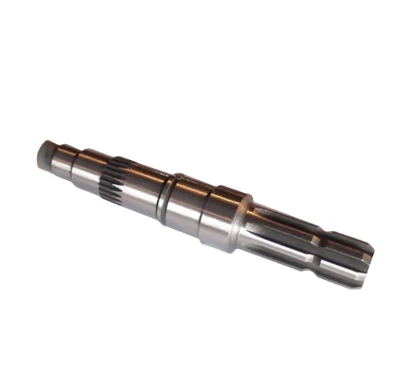
The agricultural and construction machinery landscape is constantly evolving, with tractors standing as essential workhorses for a variety of tasks.
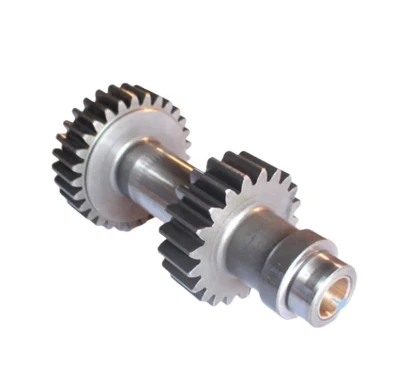
In the intricate world of mechanical engineering, gears are fundamental components that enable the seamless transfer and manipulation of power.
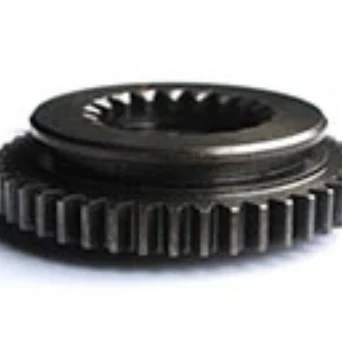
The market for tractors is a bustling hub, catering to a wide range of needs from large - scale farming operations to small - scale gardening projects.
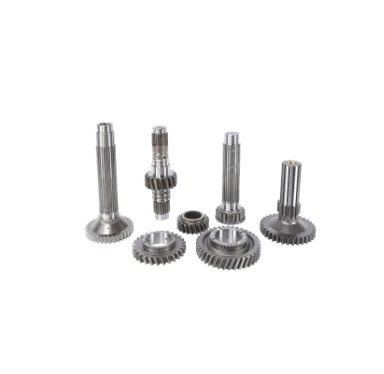
In the dynamic world of farming, machinery has become an essential part of efficient and productive operations.
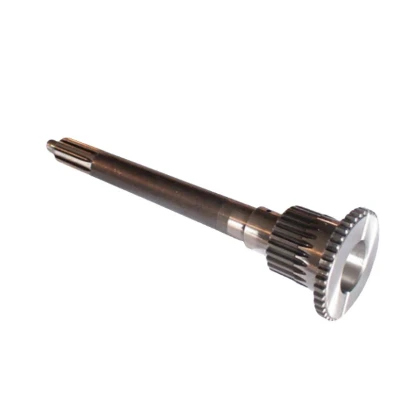
In the expansive realm of agriculture, various tools and machines play crucial roles in ensuring efficient crop production and overall farm management.
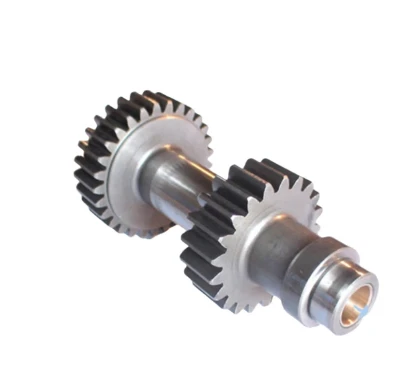
Tractors are essential workhorses in the agricultural and construction sectors, playing a pivotal role in a wide range of tasks.
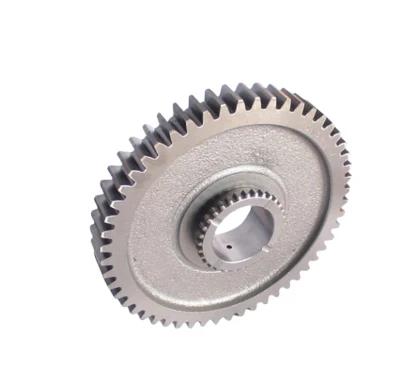
The agricultural and construction sectors rely heavily on tractors for their operations, and the entities involved in the production, distribution, and pricing of these machines shape the industry's trajectory.

Harvester Input Shaft: Precision, Strength, and Longevity!
Enhance harvester performance with durable, high-quality input shafts for efficient operations!
International layout
Spread all over the world
our products are exported to various parts of the world. Currently, our products have been exported to more than 40 countries Our products cover Asia, Europe, Africa, South America, North America, and Oceania
Sign up
for Newsletter
Subscribe to the weekly newsletter for all the latest updates






